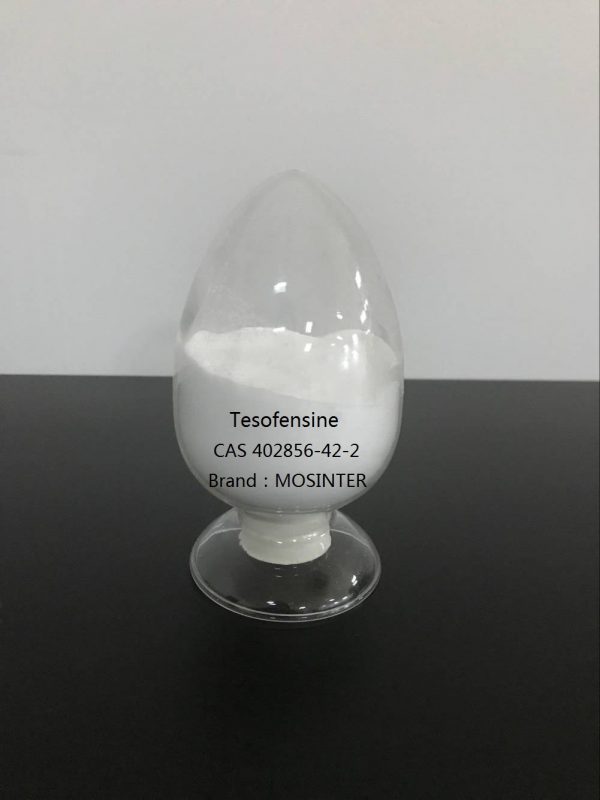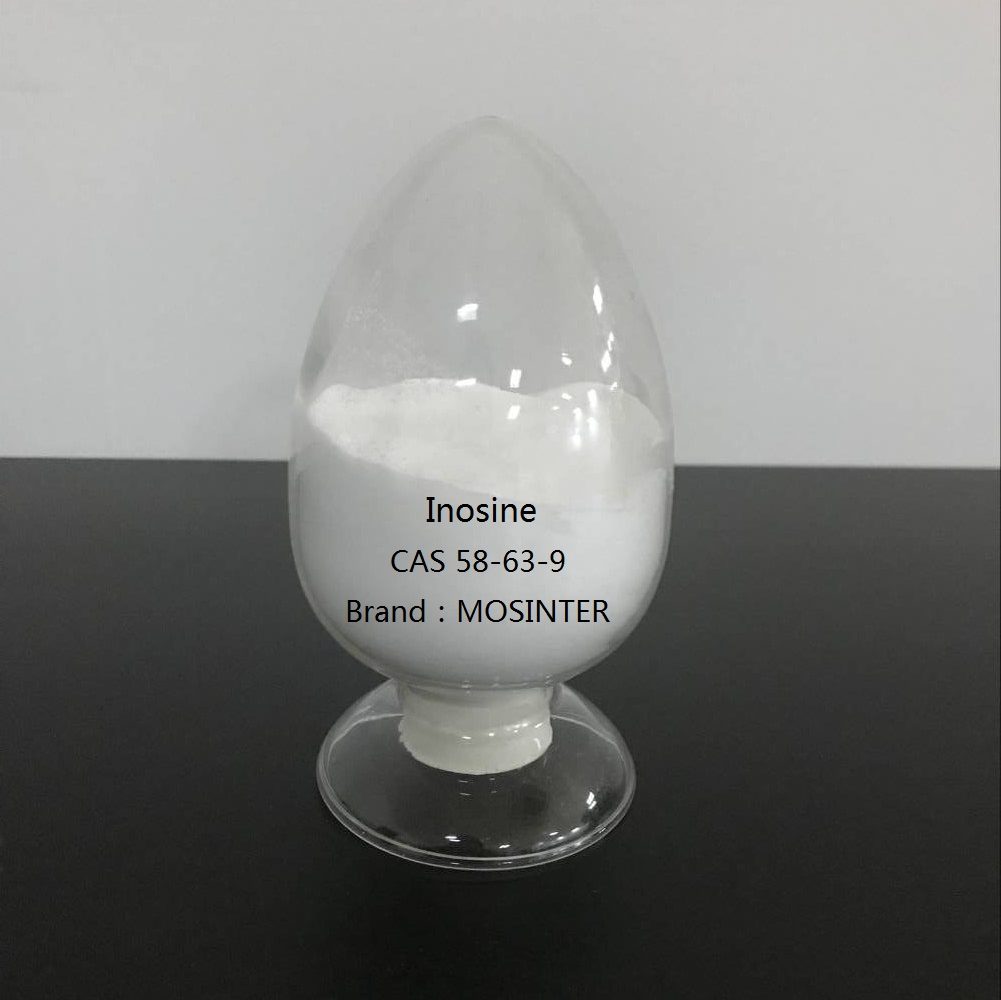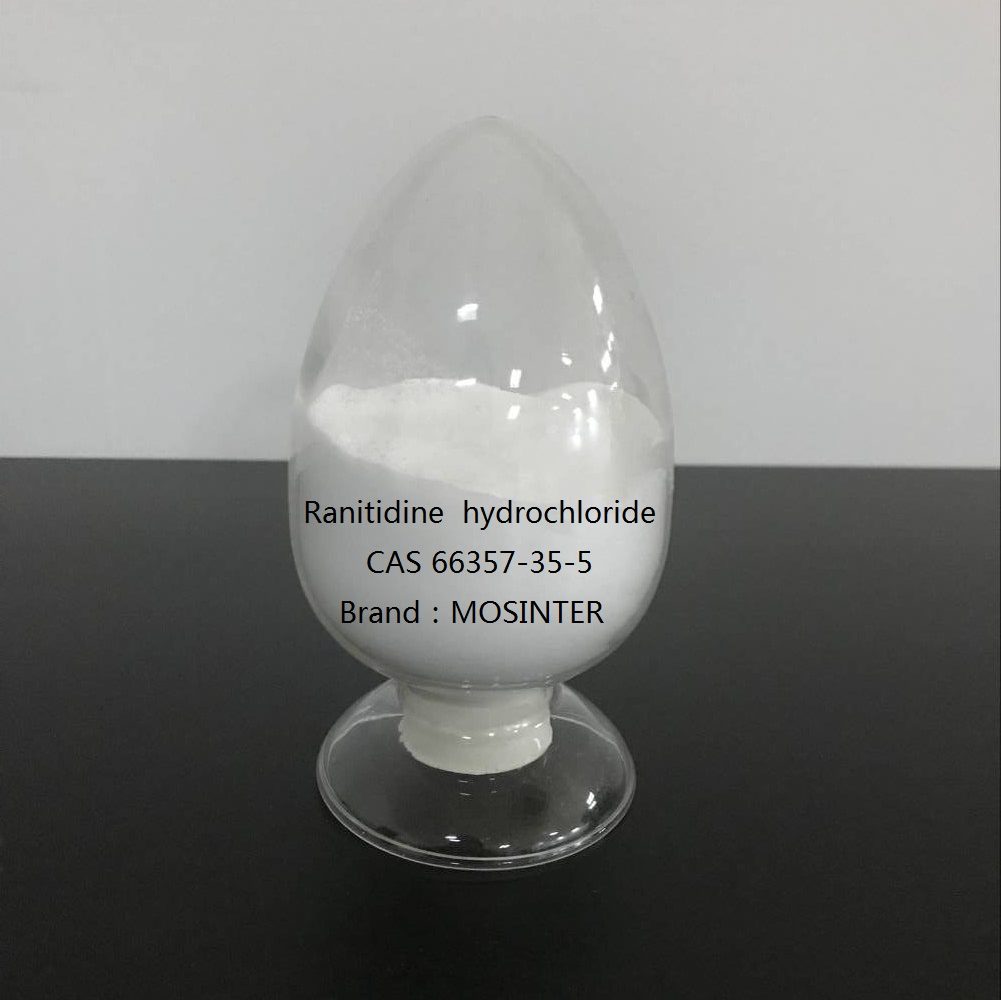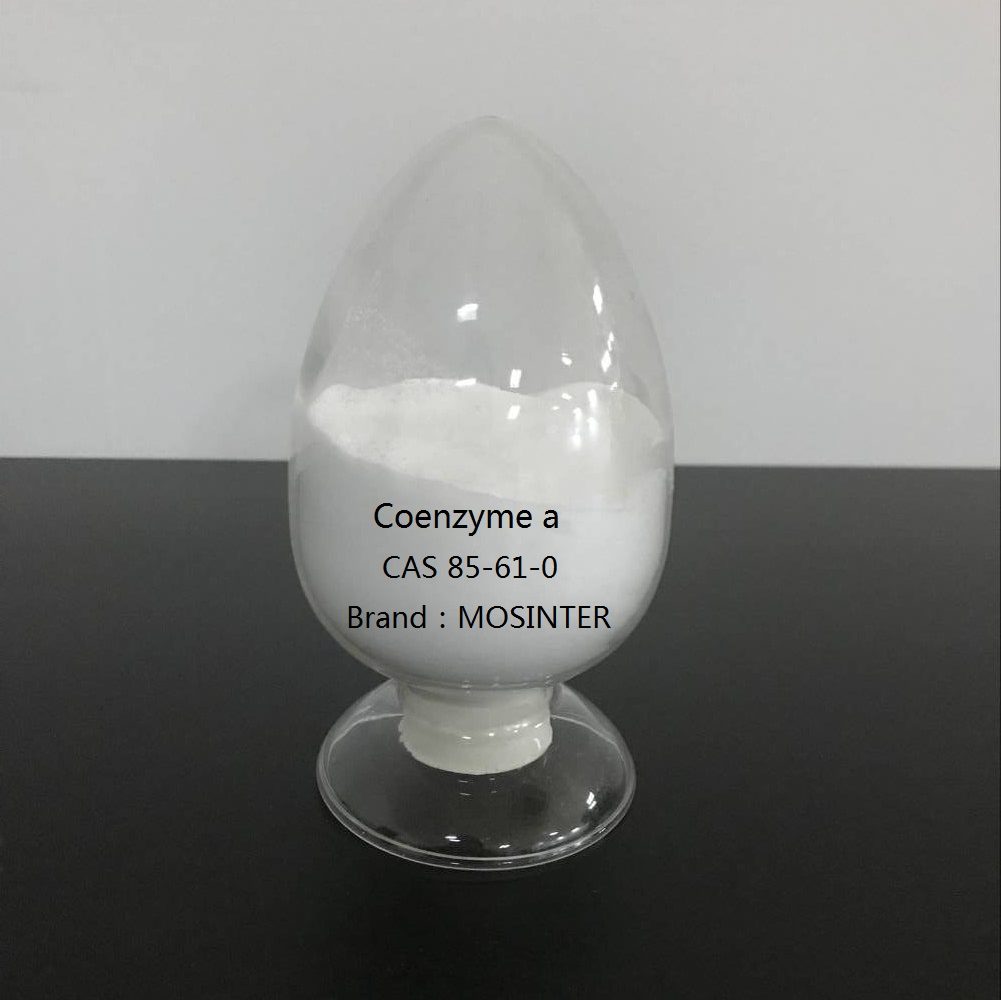| Model: | MOS402856-42-2 |
| Place of Origin: | Shandong,China (Mainland) |
| Brand: | MOSINTER |
| Formula: | C17H23Cl2NO |
| Mol. mass: | 328.277 g/mol |
| Content: | 99% |
| Appearance: | White or almost white, crystalline powder |
| CAS: | 402856-42-2 |
| Density: | 1.162g/cm3 |
| Boiling point: | 396.629°C at 760 mmHg |
| Flashing point: | 193.675°C |
- Have any questions?
- +86-189 8930 5995
- sales@mosinterchem.com.cn
Tesofensine CAS 402856-42-2

Ranitidine hydrochloride CAS 66357-35-5
04/12/2018
Levamisole Hydrochloride CAS 16595-80-5
04/12/2018Tesofensine (CAS:402856-42-2)
| Item | Specification | Result |
| Appearance | White or almost white, crystalline powder | Complies |
| Related substance (HPLC) | Total impurity ≤0.5%
Max single impurity ≤0.1% |
0.2%
0.06% |
| Odor | Characteristic | Complies |
| Assay | 99% | 99.8% |
| Sieve analysis | 100% pass 80 mesh | Complies |
Tesofensine (NS2330) is a serotonin–noradrenaline–dopamine reuptake inhibitor from the phenyltropane family of medicine, which is being developed for the treatment of obesity. The right to develop and market tesofensine is held by NeuroSearch, a Danish pharmaceutical company.
Pharmacology
Metabolism and t½
Tesofensine has a long half-life of about 9 days (220 h) and is mainly metabolized by cytochrome P4503A4 (CYP3A4) to the N-normethyl-metabolite NS2360.[7][8] NS2360 is the only metabolite detectable in human plasma. It has a longer half-life than tesofensine, i.e. approximately 16 days (374 h) in humans, and has an exposure of 31–34% of the parent compound at steady state. In vivo data indicate that NS2360 is responsible for approximately 6% of the activity of tesofensine. As in animals, the kidney appears to play only a minor role in the clearance of tesofensine in humans (about 15–20%).
Adverse events
In general, the safety profile of tesofensine is similar to currently approved medications for the treatment of obesity. The most commonly reported side effects in the obese population were dry mouth, headache, nausea, insomnia, diarrhoea and constipation. A dose-dependent pattern was observed for dry mouth and insomnia. The overall withdrawal rate due to adverse events in clinical trials in the obese population was 13% with tesofensine and 6% with placebo. Blood pressure and heart rate increases with the therapeutically relevant doses of tesofensine (0.25 mg and 0.5 mg) were 1–3 mmHg and up to 8 bpm, respectively.
Tesofensine very effective for central obesity. Another study shows that low doses of SuoFenXin obesity treatment is safe and effective.
You must be logged in to post a review.





Reviews
There are no reviews yet.